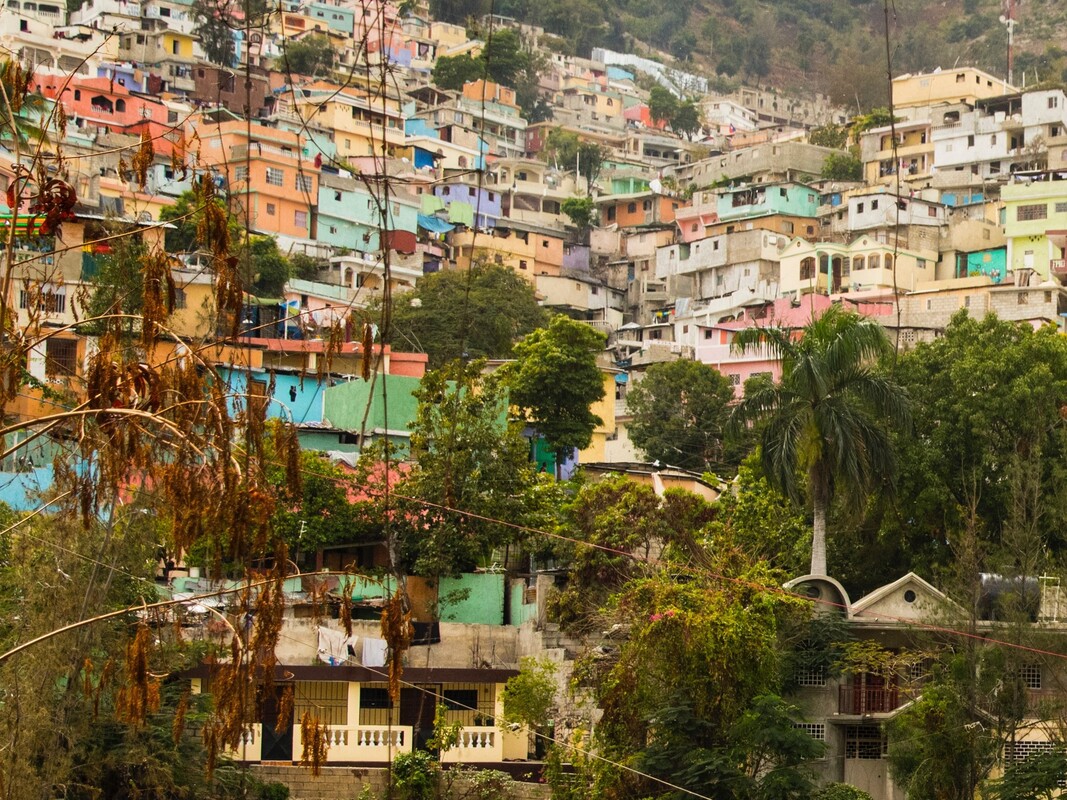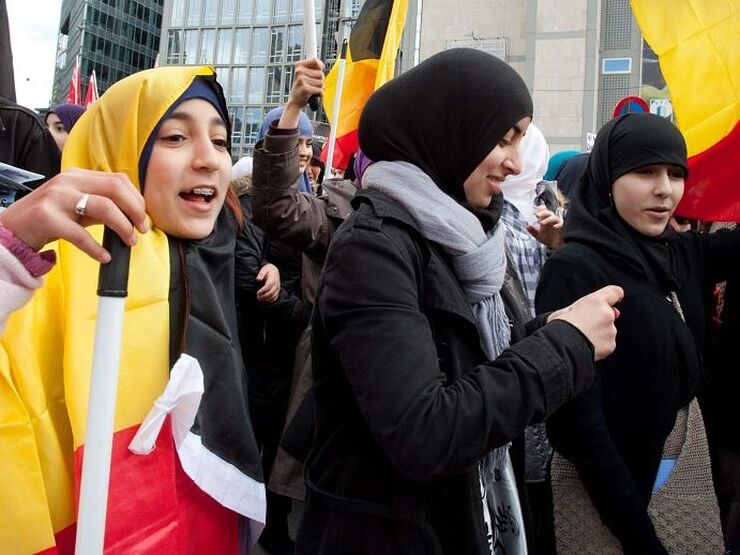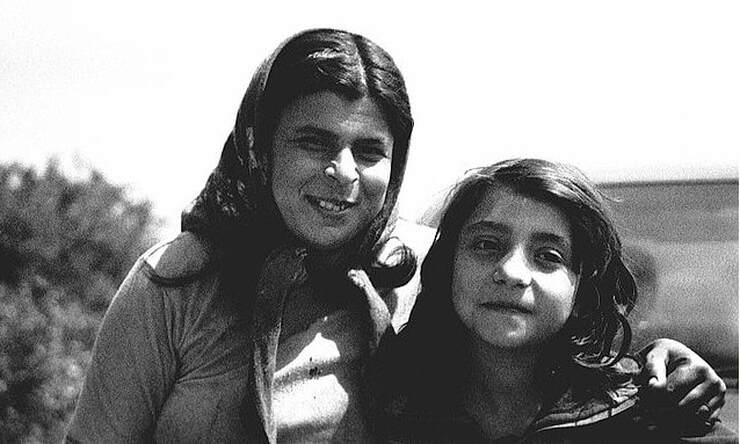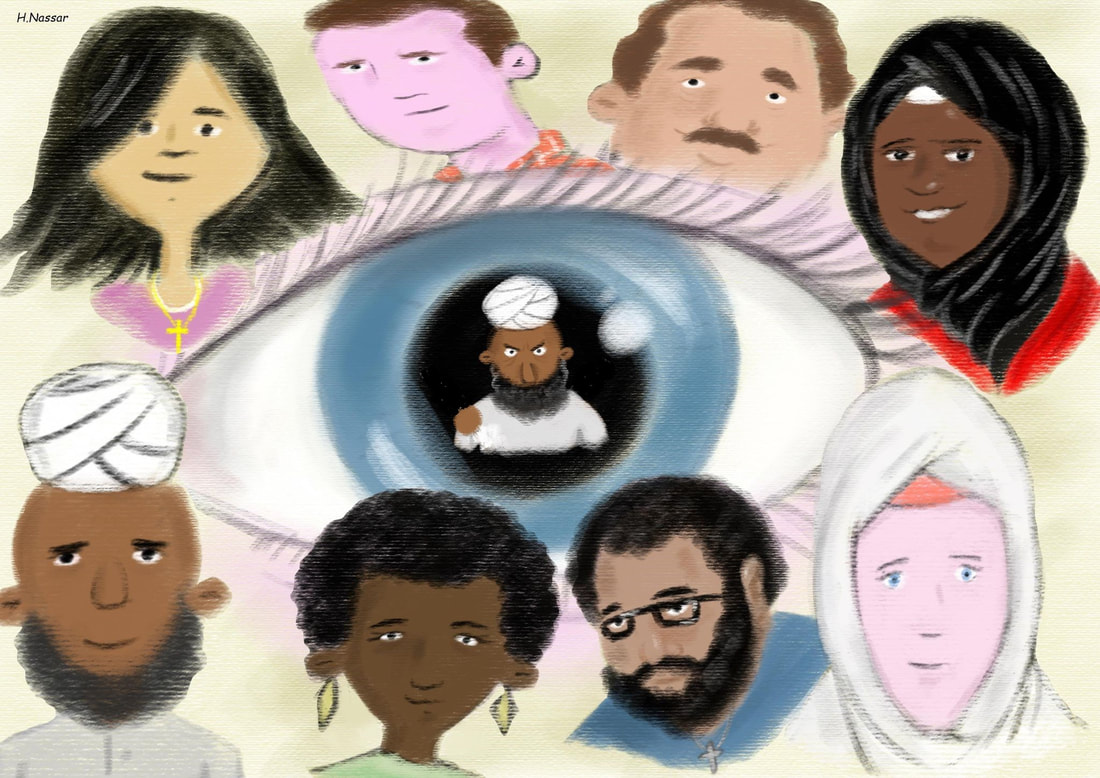|
|
|
Blog post by Vadricka Etienne, University of Nevada, Reno, USA
Each year, my immigrant father embarks on a summer trip to Haiti. A lump jumps into my throat as he prepares for his journey. He’s excited to return home, but I fear for his safety. This fear grows yearly, and my anxiety spikes whenever he doesn’t answer the phone. My thoughts race to the worst-case scenarios, mainly because we’ve discussed what to do if he was kidnapped. While the rising gang violence demanded that he skip his trip last year, he would not miss another. I understand because he is at peace when in Haiti. But I find myself taking deeper breaths only when he lands in Miami, making his way home. During the summer, I consumed conflicting media reports. Mainstream media catastrophized the gang terror, while Haitian content creators shared the mundane, such as dinners out on the town, demonstrating that the violence was not everywhere in the county. These contradictions encapsulate how the children of immigrants could have a fragile relationship with their parents’ birthplace as they often experience the country through the lens of others, very rarely their own.
0 Comments
In 2018, the research department of Awel, a Flemish civil society organization, published a report on the impact of the late terrorist attacks in Europe on the identity formation of minority youth. The report, based on testimonials, revealed that some Muslim children try to hide their ethno-religious background out of fear of being verbally attacked. Some even wish to ‘unbecome’ Moroccan or Muslim to respond to Islamophobia.
The largest ethnic minority group in Belgium originates from Morocco. This primarily Muslim group is indeed strongly stigmatized, even more so since 9/11. It is argued that terrorist attacks increase Islamophobic or anti-Muslim sentiments, which hence also impacts the well-being of Muslim children living in Flanders. The findings of the research report nevertheless did not receive as much public and political attention as deserved. Yet, ethnic minority citizens’ identity formation has long been a subject of political interest, especially since many politicians across the spectrum propose that minorities, and particularly Muslims, do not identify as Belgian.
On 24 September 2016, the National Museum of African American History and Culture opened on the National Mall in Washington, D.C. to commemorate the contributions and experiences of people of African descent to the United States. Engraved on one of the walls of the museum reads, ‘I, too, sing America’. These four words are quoted from African American poet Langston Hughes’ poem of the same name. Written in 1926, Hughes’ poem reveals the experiences of African Americans during Jim Crow America. As Hughes poetically writes,
'I, too, sing America.
- Langston Hughes, ‘I, too, am America’, from The Collected Poems of Langston Hughes
In the early 2010s, France repatriated a large number of Roma back to Romania, following a series of highly controversial reforms by Nicholas Sarkozy’s government (BBC, 2010). Campaigners for human rights, free movement, and workers’ rights hotly contested those harsh actions of forced repatriation, which were widely discussed in international media. A Romanian article called ‘Back to the life of Gypsy in Romania’ (Micu, 2010) suggested that most of the transnational worker Roma went back to their homelands in the rural part of southwestern Romania. Taking an insight into this particular Romanian area, our recent study in Identities: Global Studies on Culture and Power explores perceptions of Roma people amongst the non-Roma community and how the Roma people respond to these perceptions today (Creţan, Covaci and Jucu, 2021).
To understand the social position of the Roma community in Romania, it is necessary to take a step back in history. Following the fall of communism, Eastern and Central European passed through a series of massive social and economic transformations. The area we explored in our study is on the border of Romania and Serbia and has traditionally been multicultural and multi-ethnic. However, it is also the site of long-term marginalization for the Roma communities. The shift towards a capitalist economy has exacerbated their ‘othering’, since the new economy offers the Roma few possibilities. Consequently, many joined the new transnational labour force in Europe, working abroad as seasonal labourers (including those targeted by Sarkozy in France). Others chose to leave behind their traditional skills and assimilate into majority society. The loss of guaranteed work which the Roma had under the communist regime has tended to intensify the post-communist direct discrimination against Roma, since they are often stigmatized as unemployed and dependent on public welfare.
Arab Americans have been categorised as White on official government forms for several decades, which grossly misrepresents this population. Advocacy groups unsuccessfully fought during both the Obama and Trump administrations to have the ethnicity category expanded in the 2020 Census. The ramifications of this community remaining uncounted include lack of funding for social, education, and health care services and less leverage in political issues. Along with negating the incredible diversity within this group, such categorisation excludes Arab Americans from affirmative action programmes.
The recognition of this ethnic group on government forms would allow for their inclusion in such programmes, which is crucial given the prominence of discrimination in the US. However, the irony lies in how mainstream society tends to change their view depending on current events. When there are no crises involving Arabs around the world, Arab Americans are seen as White. However, when a crisis does occur involving Arabs – as either transgressors or victims (i.e. 9/11, invasion of Iraq) – they will be gazed upon as ‘Other’ and enemies of America. The rise in hate crimes against Arab Americans – and anyone who fit into the public’s notions of what an Arab or Muslim looks like – following the terrorist attacks of 9/11 is a prime example of this phenomenon. Consequently, regardless of being labeled as White, Arab Americans have experienced discrimination similar to other racially visible minority groups. This begs the question: if they are recognised as White, then why are they treated as ‘Other’? |
|
Explore Identities at tandfonline.com/GIDE |
|
The views and opinions expressed on The Identities Blog are solely those of the original blog post authors, and not of the journal, Taylor & Francis Group or the University of Glasgow.





